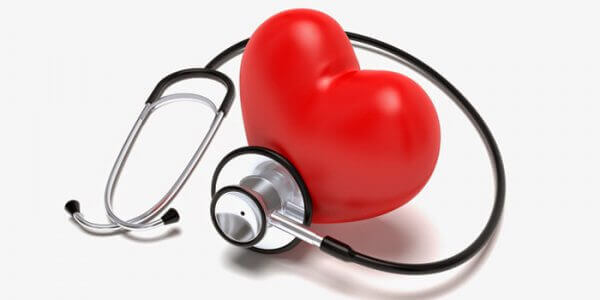Is there a need for home healthcare in India?
As a wise man once said, what goes around comes around. Your choice of lifestyle today, will affect your well-being tomorrow. Particularly in the area of cardiac health. Lack of exercise, wrong eating choices and other bad habits can take their toll over the years. Preventing anysort of “heart” problem involves making clever choices today – choices that will stand you in good stead through the rest of your life.You will benefit from the few simple steps needed to keep your heart healthy during every decade of your life.
Stop smoking, drink wisely. If you are serious about your health, do not smoke. If it’s a long-term habit, you need to cut it out of your life. Right away. Most medical practitioners cautiously suggest having a drink now and then – stick to the guidelines prescribed by your doctor.
Watch your weight. As you get older your body needs fewer calories. Excess weight, especially around the mid-section, places extra stress on your heart, causing it to work harder and increasing the risks of heart disease, high blood pressure, diabetes and high cholesterol. Exercising regularly and eating smaller portions of heart healthy foods will go a long way towards helping you to maintain a healthy weight. And live a longer, happier life.
Eat healthy. The foods you eat daily can lower your risk of heart disease and cardiac incidences. Pick foods low in saturated fat, trans fat, and sodium. Eat plenty of fruits and vegetables, fiber-rich whole grains, fish (preferably oily fish-at least twice per week), nuts, legumes and seeds. Go vegetarians for some meals. Choose lower fat dairy products, poultry without skin, and minimal red meats. If you choose to eat meat, select the leanest cuts available. Avoid sugar-sweetened beverages as much as possible.
Be active. Exercise is your best friend and protection again heart disease. If you have not been getting any exercise a tall, you can start with at least 2½ hours (150 minutes) of moderate physical activity (brisk walking) every week, building up to 1 hour and 15 minutes (75 minutes) of vigorous physical activity (e.g., jogging, running), or a combination of both, every week.
You should also do muscle-strengthening activities on two or more days a week, to work all your major muscle groups – legs, hips, back, abdomen, chest shoulders, and arms.
Learn to recognize the warning signs of a heart attack. With age comes the increased risk of heart disease. The sudden numbness that accompanies a stroke or severe chest painsin case of a heart attack doesn’t happen to everyone. What’s more, heart attack symptoms in women differ from those suffered by men. The preliminary indications of a heart problem are when your blood pressure, cholesterol and other heart-related numbers start to go up. Keeping an eye on these numbers, managing any health problems that arise — along with healthy eating and adequate exercise — can help you live a longer and better life.
Get an ankle-brachial index test. Starting in your sixth decade, it’s a good idea to get an ankle-brachial index test as part of an annual physical exam. The test measures the pulses in your feet to help diagnose peripheral artery disease (PAD), a less well known cardiovascular disease in which plaque builds up in the arteries of the legs.
As in most cases and facets of our lives, prevention is much better than a cure. And much less expensive, too!




